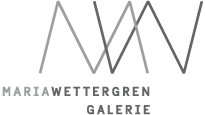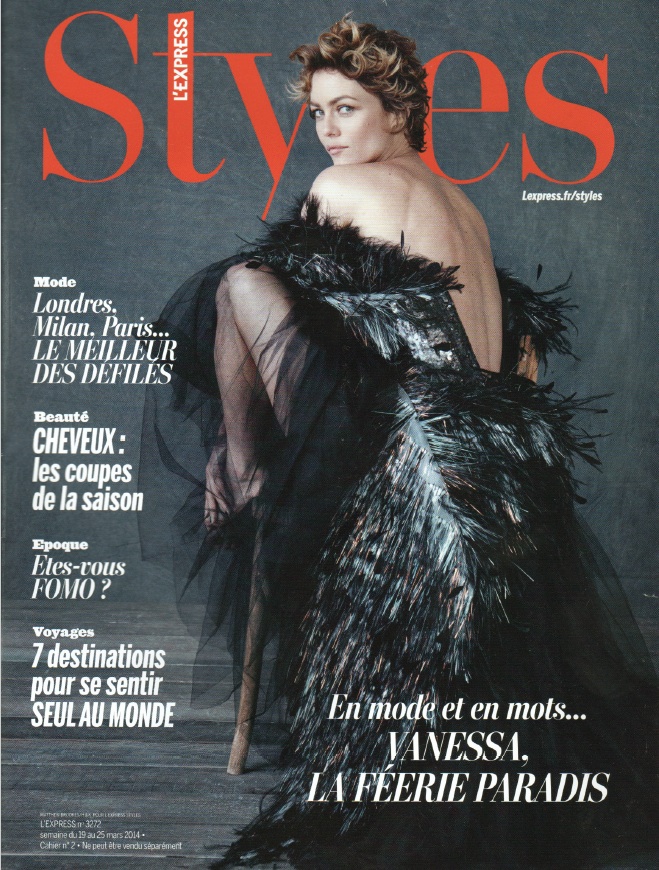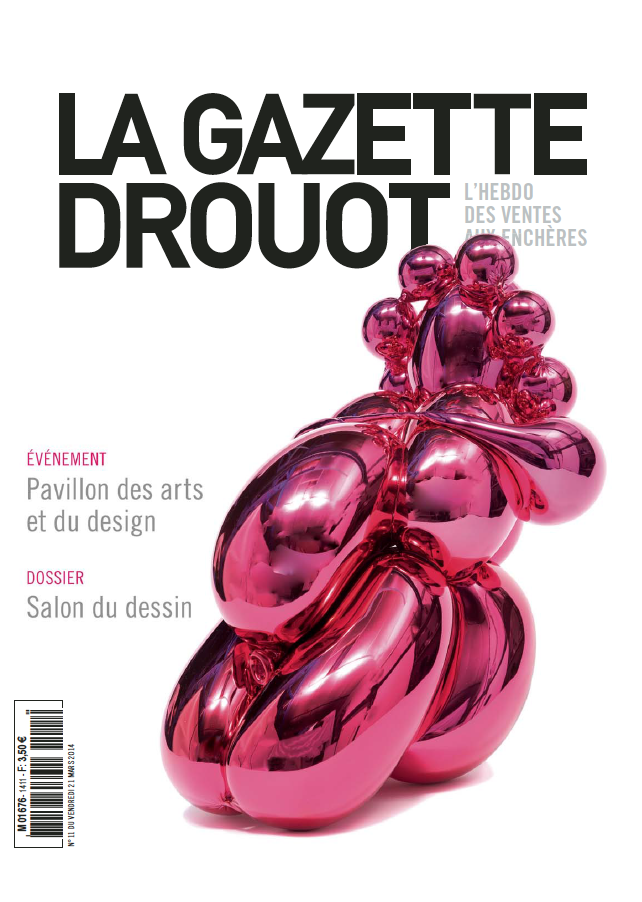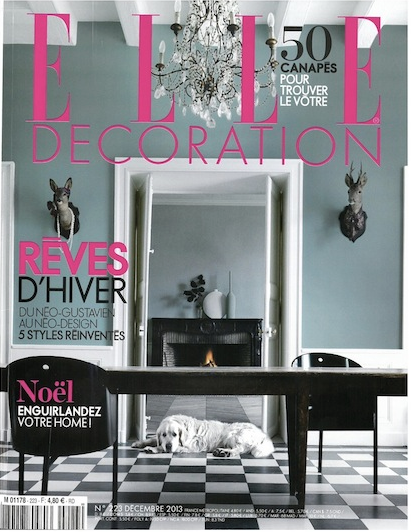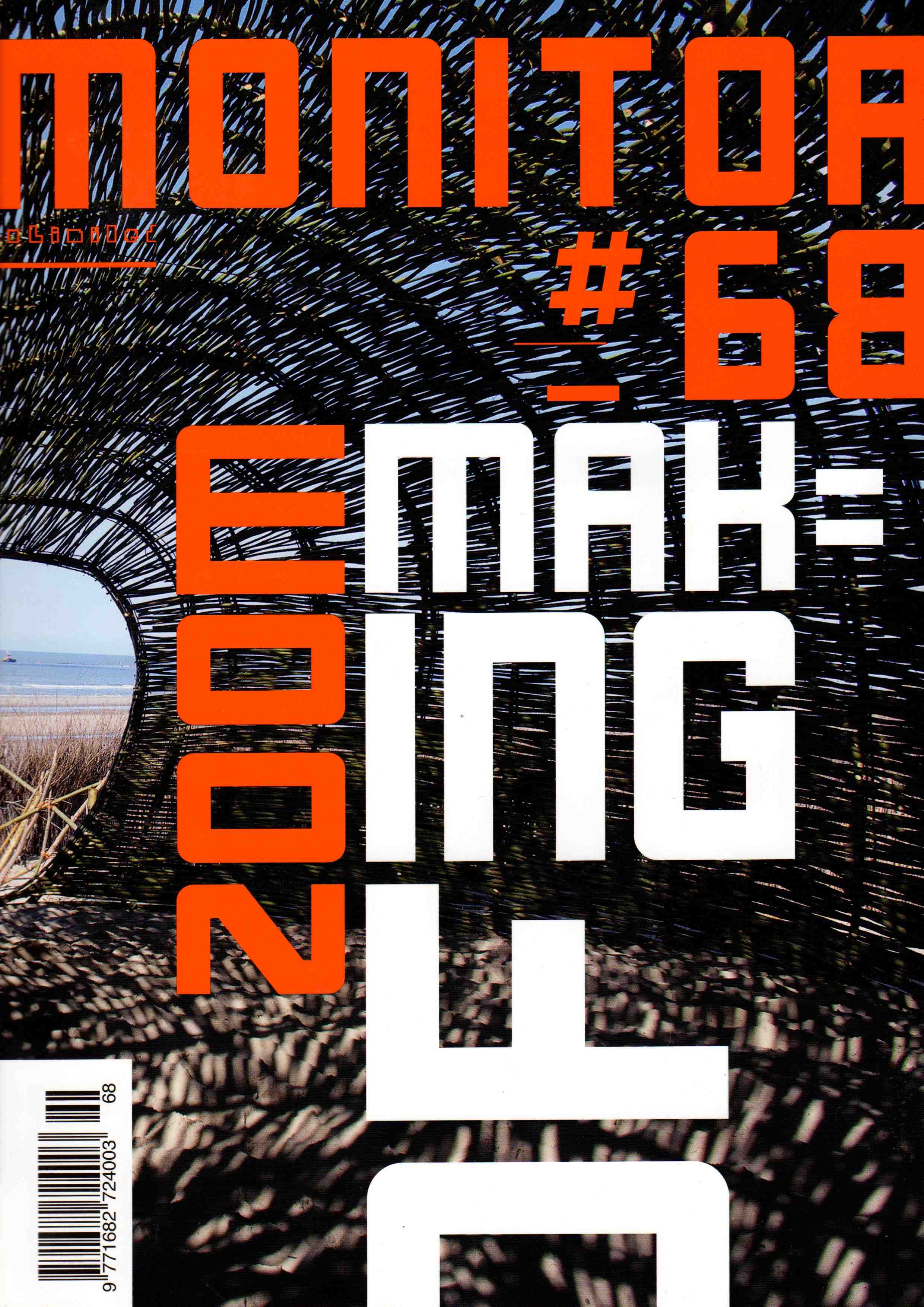
The drawing Untitled (Straight Line) was made by Eske Rex by means of his own invention, the Drawing machine. It involves two pendulums, each suspended from a tower construction and connected through « drawing arms » and moveable joints. A ballpoint pen resting on a drawing surface covered with paper is mounted at the point where the pendulums come together. The pendulums are set in motion by hand, and their movements are represented on the paper. The movements of the pendulums affect the entire room, and the experience engages the beholder’s body. While the rhythmic repetitions cause the beholder to pause, the drawing emerges on the paper. The technique of using weights and pendulums was invented in the Renaissance and applied in the so-called Harmonograph.
Eske Rex is interested in the machine as a sculpture in space, a constantly changing mobile. In addition, the universe in the drawings is interesting by virtue of their spatial, textural, temporal qualities – a never-ending experiment where it is impossible to produce two identical drawings.
Eske Rex’ art derives from a fascination of natural phenomenon. His works often have a dynamic character that interacts with the surrounding space. They are examining various factors like time, force, gravity and space. The primary materials are wood and metal, and in his work he aims for simplicity and logic. Yet, a certain kind of theatricality and drama is present through his directing of natural forces such as in the movement of the pendulums in his Drawing Machine, the contraction and pressure in his Tensioned Wood series or the magnetic attraction in his Measuring Space and Divided Self works.
Eske Rex is embracing the fields of art, design and architecture and he has exhibited in both contexts, including the Danish Artists’ Autumn Exhibition in 2010, the Spring Exhibition at Charlottenborg in 2010 and The Cabinetmakers’ Autumn Exhibition at Ny Carlsberg Glyptotek in 2009. In 2010, Eske Rex received the Danish Arts Foundation’s working grant and took part in the exhibition ‘Designers Investigating’ in Øksnehallen, which won an award from the Danish Arts Foundation. In 2011, he took part in MINDCRAFT11 in Milan and exhibited at the Triennale Design Museum, also in Milan. In 2013, he had his first solo show in Paris “Silent Action” in Galerie Maria Wettergren, who also exhibited his Drawing Machine in the Carrau du Temple during D’Days 2014. His works have been exhibited at the Design Miami/Basel and PAD Paris/London fairs since 2012.

Drawings
2013
Untitled (Linje med knæk)
130 x 95 cm
Unique piece

Drawings
2013
Untitled (Cirkling)
95 x 130 cm
Unique piece

Drawings
2013
Untitled (Lige-linje)
95 x 130 cm
Unique piece

Drawings
2013
L 14 spirals
75 x 108 cm
Unique piece

Drawings
2010
Red Drawing
260 x 260 cm
Unique piece

Drawings
2014
Black
147 x 147 cm
Unique piece

Drawings
2010
Blue Drawing
272 x 272 cm
Unique piece

Drawings
2013
Black Drawing
240 x 240 cm
Unique piece

Drawings
2014
Blue
147 x 147 cm
Unique piece

Drawings
2013
Twin
151 x 90 cm
Unique piece

Drawings
2010
Green Drawing
272 x 272 cm
Unique piece

Drawings
2013
Black Drawing
240 x 240 cm
Unique piece

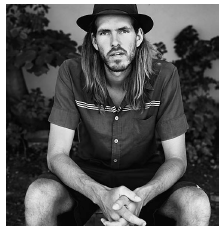
Eske Rex’s works are carried both by a conceptual idea and by the materials and the craftsmanship. They examine the effects of force caused by tension between materials and space, in which they are overextended, stretched, split and placed on the verge of collapse. There are no stated explanations – all transfer of information happens on an aesthetic and sensuous level. The traces of craft and the at tention to materials sensuously combine the tangible and near with metaphysical, essential and universal matters. Simple and stylistic, they are cleaned and processed of excess elements in order to concentrate on experiencing the materials of which the works are made. For the same reason they give what can be referred to as a found poetic silence in their presence. In 2010, Eske Rex received the Danish Arts Foundation’s working grant and took part in the exhibition ‘Designers Investigating’ in Øksnehallen, which won an award from the Danish Arts Foundation. In 2011, he took part in MINDCRAFT11 in Milan and exhibited at the Triennale Design Museum, also in Milan, Italy. Eske Rex’ works have been exhibited worldwide, including 21st Century Museum of Contemporary Art, Kanazawa Japan; Den Frie, Copenhagen, Denmark; Verbeke Foundation, Belgium; MINDCRAFT 17, Milan, Italy; Chart Fair, Copenhagen, Denmark (Galerie Maria Wettergren). In 2015, Eske Rex created a monumental site-specific installation for the International Criminal Court in the Hague, Netherlands.
